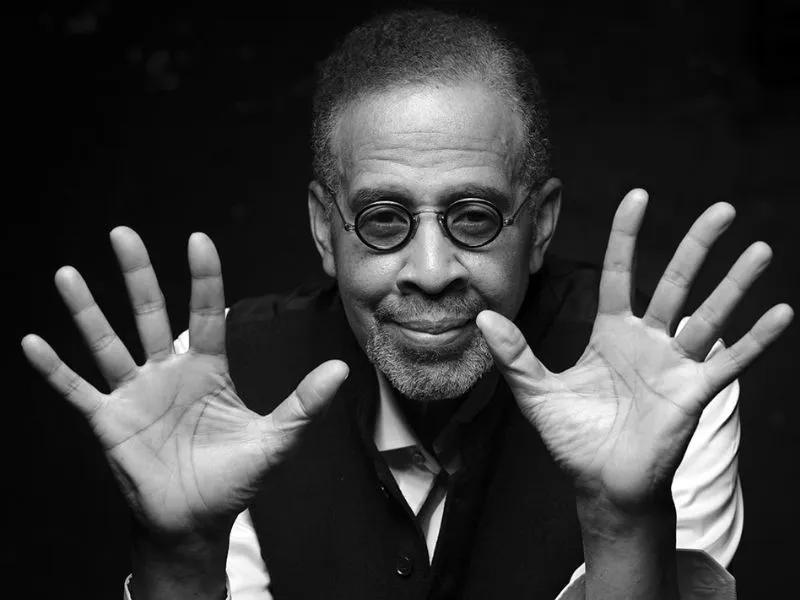Stanley Clarke, a renowned musician and composer, has left an indelible mark on the world of jazz and fusion.
From his early life and musical influences to his groundbreaking work with Return to Forever, Clarke’s talent and innovation have captivated audiences for decades.
With a distinctive style that effortlessly blends jazz, funk, and rock, he has collaborated with numerous artists and achieved solo success.
This article explores the fascinating life and enduring legacy of Stanley Clarke.
Early Life and Musical Influences
In the early stages of his life and career, Stanley Clarke’s musical journey was shaped by a diverse range of influential experiences and mentors.
Born on June 30, 1951, in Philadelphia, Pennsylvania, Clarke was exposed to a rich musical environment from a young age. His mother, a classical music lover, introduced him to the piano, while his father, a professional musician, ignited his passion for jazz.
Clarke’s formal training began at the Philadelphia Academy of Music, where he studied double bass and composition. During this time, he also had the opportunity to play with renowned jazz musicians such as Art Blakey and Horace Silver, further expanding his musical horizons.
These early experiences and mentorships laid the foundation for Clarke’s future success as a pioneering bassist and composer in the jazz fusion genre.
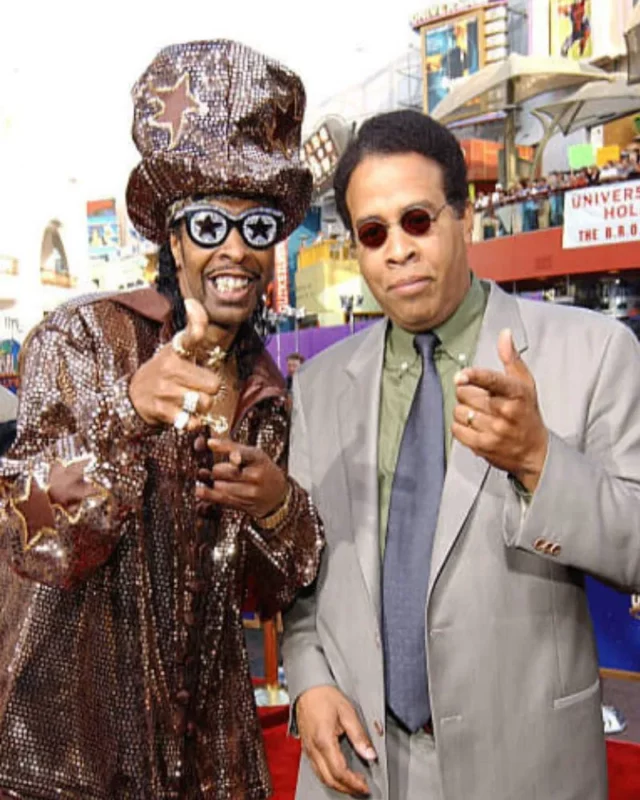
image source : facebook
Rising Star in the Philadelphia Music Scene
As a rising star in the Philadelphia music scene, Stanley Clarke quickly made a name for himself with his exceptional talent and innovative approach to jazz fusion.
Born in Philadelphia in 1951, Clarke began playing the bass at an early age and showed prodigious skill from the start. He honed his craft at the Philadelphia Academy of Music and the University of the Arts, where he studied music theory and composition.
Clarke’s unique style, which blended elements of jazz, funk, and rock, caught the attention of local musicians and audiences alike. He became a sought-after session musician, collaborating with renowned artists such as Chick Corea and George Duke.
Clarke’s virtuosic bass playing and groundbreaking compositions soon propelled him to national and international acclaim, solidifying his status as a rising star in the music industry.
Breakthrough With Return to Forever
With his exceptional talent and innovative approach to jazz fusion, Stanley Clarke experienced a breakthrough in his career when he joined the iconic band Return to Forever. Formed in 1972 by Chick Corea, Return to Forever became one of the most influential jazz fusion groups of all time.
Clarke’s unparalleled skills as a bassist and composer perfectly complemented the band’s progressive and experimental sound. His virtuosic playing and ability to seamlessly blend jazz, rock, and Latin rhythms brought a new level of excitement and energy to the group’s music.
Return to Forever’s albums, such as ‘Hymn of the Seventh Galaxy’ and ‘Romantic Warrior,’ showcased Clarke’s technical prowess and helped establish him as a leading figure in the jazz fusion genre. This collaboration marked a turning point in Clarke’s career, propelling him to international fame and solidifying his status as a groundbreaking musician.

image source : facebook
Stanley Clarke Body Measurements And Personal Details:-
Popular As:Stanley Clarke
Occupation Musician:composer
Age:72 years old
Zodiac Sign:Cancer
Born:30 June, 1951
Birthday:30 June
Birthplace:Philadelphia, Pennsylvania, U.S.
Nationality:PA
Parents:Not Available
Height:6 ft 3 in / 191 cm
Weight:187 lb / 85 kg
Hair Color:Black
Eye Color:Black
Nationality:American
Race / ethnicity:Multiracial
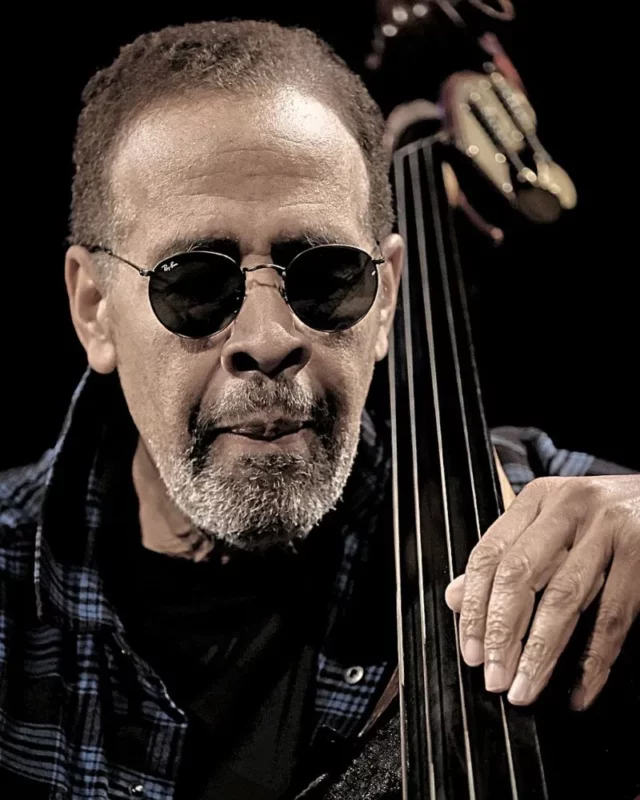
image source : facebook
Check out body measurements of other actresses
| tuppence middleton measurements |
| wesley snipes measurements |
| valentina zenere measurements |
| j r smith measurements |
| jessica stroup measurements |
Pioneering the Jazz-Fusion Genre
Clarke’s exceptional talent and innovative approach to jazz fusion continued to pioneer the genre, solidifying his reputation as a groundbreaking musician.
In the late 1970s, Clarke embarked on a series of solo projects that further pushed the boundaries of jazz fusion. His album ‘School Days’ showcased his virtuosic bass playing and incorporated elements of funk and rock, earning critical acclaim and commercial success.
Clarke’s unique blend of complex harmonies, intricate rhythms, and improvisation captivated audiences and inspired a new generation of musicians.
His collaborations with other jazz-fusion pioneers, such as Chick Corea and Al Di Meola, further cemented his influence on the genre.
Clarke’s innovative contributions to jazz fusion continue to resonate today, as his music remains timeless and influential to aspiring musicians and fans alike.
Collaborations and Solo Success
Throughout his illustrious career, Stanley Clarke has enjoyed numerous collaborations and achieved remarkable success as a solo artist. Clarke’s collaborations span across various genres and include renowned artists such as Chick Corea, George Duke, and Jeff Beck.
One of his most notable collaborations was with guitarist Al Di Meola and violinist Jean-Luc Ponty, forming the supergroup ‘The Rite of Strings’.
As a solo artist, Clarke has released over 40 albums, showcasing his exceptional talent as a bassist and composer. His solo albums, including ‘School Days’ and ‘Journey to Love’, have received critical acclaim and commercial success.
Clarke’s innovative blend of jazz, funk, and rock has earned him numerous accolades, including multiple Grammy Awards. With his collaborations and solo endeavors, Stanley Clarke continues to be a prominent figure in the music industry.
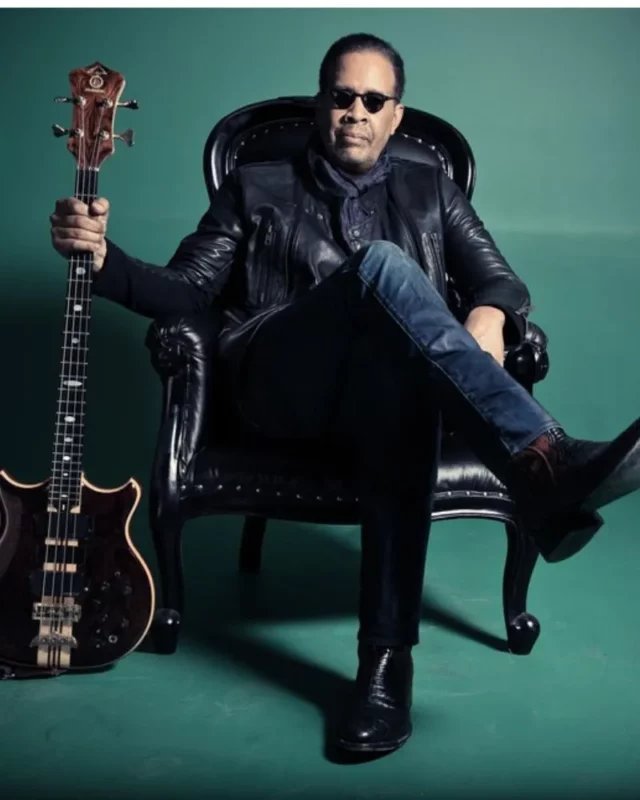
image source : facebook
Stanley Clarke’s Enduring Legacy
Stanley Clarke’s enduring legacy in the music industry remains a testament to his exceptional talent and groundbreaking contributions. Throughout his illustrious career, Clarke has not only pushed the boundaries of jazz but has also made significant impacts in various genres, including funk, R&B, and fusion.
His virtuosic bass playing, innovative techniques, and unique approach to composition have inspired countless musicians and continue to resonate with audiences worldwide. Clarke’s ability to seamlessly blend complex jazz harmonies with infectious grooves has set him apart as a true pioneer in the field.
Moreover, his collaborations with renowned artists such as Chick Corea and George Duke have further solidified his status as a musical icon. As a Grammy Award-winning artist and an influential figure in the jazz fusion movement, Stanley Clarke’s enduring legacy is one that will be celebrated for generations to come.
Frequently Asked Questions
What Is Stanley Clarke’s Favorite Musical Instrument?
Stanley Clarke’s favorite musical instrument is the electric bass guitar. Known for his mastery of the instrument, Clarke has showcased his skills and unique style on numerous recordings and live performances throughout his illustrious career.
Did Stanley Clarke Have Any Formal Music Education?
Yes, Stanley Clarke had formal music education. He studied at the Philadelphia Musical Academy and the University of the Arts. His education provided him with a solid foundation in music theory and technique.
How Did Stanley Clarke Get His Big Break in the Philadelphia Music Scene?
Stanley Clarke got his big break in the Philadelphia music scene through his exceptional talent and hard work. His skills as a bassist and composer quickly gained recognition, leading to opportunities to collaborate with renowned artists and establish himself as a prominent figure in the industry.
Who Were Some of Stanley Clarke’s Biggest Musical Influences?
Some of Stanley Clarke’s biggest musical influences include Charles Mingus, Miles Davis, and John Coltrane. These jazz legends inspired Clarke’s unique style and helped shape his career as a bassist and composer.
What Challenges Did Stanley Clarke Face When Pioneering the Jazz-Fusion Genre?
The challenges Stanley Clarke faced when pioneering the jazz-fusion genre included resistance from traditional jazz purists, the need to blend different musical styles seamlessly, and the pressure to create a unique sound that would stand out in a crowded music industry.
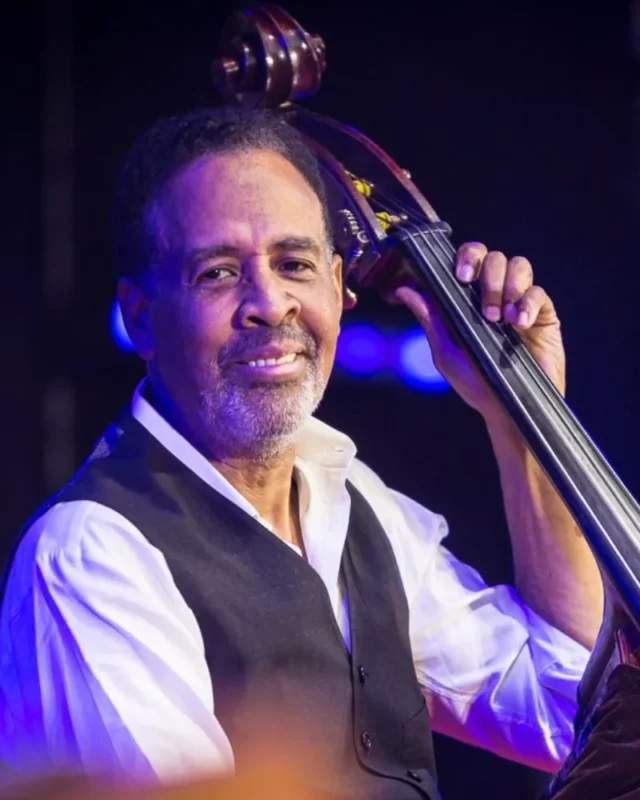
image source : facebook
Conclusion
In conclusion, Stanley Clarke’s career as a musician and composer has left an enduring legacy in the world of jazz-fusion.
From his early years in Philadelphia to his breakthrough with Return to Forever, Clarke’s innovative style and collaborations have made him a pioneering figure in the genre.
His contributions to music continue to inspire and influence future generations of musicians.
